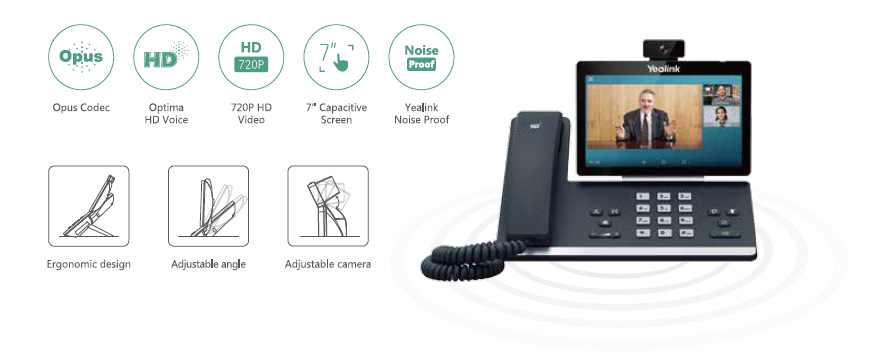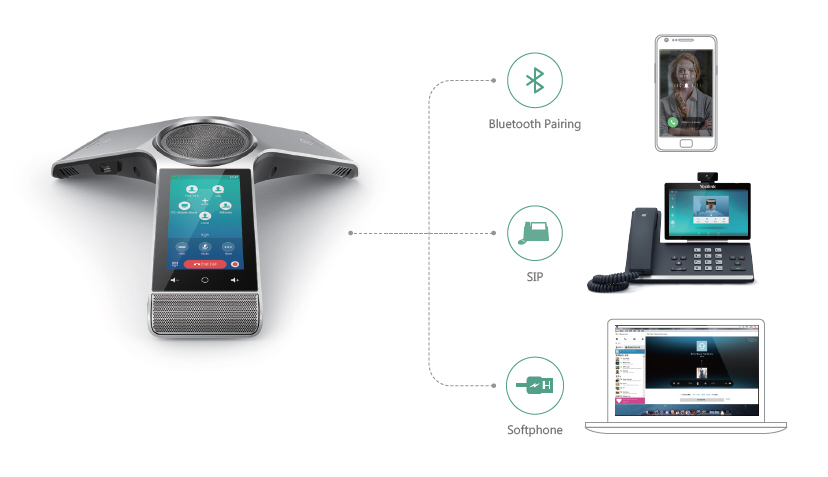Introduction: Understanding VoIP Systems
In an increasingly digital world, businesses are continually exploring ways to improve communication while keeping costs manageable. One such solution that has gained traction over the years is the VoIP phone system. But what exactly is it? And why is it becoming a go-to choice for many organizations?
Voice over Internet Protocol (VoIP) systems enable users to make voice calls using an internet connection instead of traditional telephone lines. This technology allows for a host of features and benefits, including lower costs, advanced functionalities, and enhanced flexibility.
In this article, we'll take an in-depth look at breaking down the costs and savings of implementing a VoIP system. By the end, you'll have a clear understanding of how adopting a VoIP phone system can impact your business financially.
What is a VoIP Phone System?
Defining VoIP Technology
At its core, a VoIP phone system converts your voice into data packets and transmits them over the internet. Unlike traditional telephony that relies on circuit-switched networks, VoIP uses packet switching, which leads to more efficient use of bandwidth.
Key Features of VoIP Phone Systems
Cost Efficiency: Calls made over the internet typically cost less than those made via traditional phone lines. Scalability: Easily add or remove lines as your business grows. Advanced Features: Access features like voicemail-to-email, call forwarding, video conferencing, and more. Mobility: Use your VoIP phone from anywhere with an internet connection.Breaking Down the Costs and Savings of Implementing a VoIP System
Initial Setup Costs
When considering implementing a VoIP phone system, it's crucial to understand the initial setup costs involved:
- Hardware Costs: This includes purchasing IP phones or softphones for employees. Installation Fees: While many providers offer self-installation options, some may require professional installation. Network Upgrades: Ensure your existing network can handle increased traffic; this might involve upgrading routers or switches.
Ongoing Monthly Expenses
Once installed, you’ll face ongoing monthly expenses associated VoIP Phone System Las Angeles with your new telephone system:
- Subscription Fees: Most providers charge per user per month. Maintenance Costs: Regular updates and potential troubleshooting may incur additional charges.
Cost Comparison Table
| Expense Type | Traditional Phone System | VoIP Phone System | |-----------------------|-------------------------|---------------------| | Initial Setup | High | Moderate | | Monthly Fees | Moderate | Low | | Call Charges | Pay-per-minute | Unlimited options |
Long-term Cost Savings with VoIP Systems
Reduced Call Costs
One of the significant benefits of adopting a VoIP phone system is reduced call costs. Long-distance calls become much cheaper or even free based on subscription plans chosen.


Elimination of Additional Line Fees
Traditional systems often charge extra for additional lines or features—VoIP systems do not operate under these constraints.
Reduced Infrastructure Needs
With cloud-based solutions prevalent in today's market, companies can save on physical infrastructure costs associated with traditional telephony.
Operational Efficiencies Gained Through VoIP Implementation
Enhanced Communication Capabilities
VoIP systems allow for seamless integration with other communication platforms (like email and CRM systems), leading to improved workflows.
Better Collaboration Tools
Features like video conferencing and screen sharing enhance team collaboration regardless of location—essential in today’s remote work environment.
Is VoIP Right for Your Business? Evaluating Specific Needs
Assessing Your Communication Needs
Every business has unique communication needs. Before implementing a VoIP phone system:
- Evaluate call volume Consider whether you have remote employees Identify important features (e.g., call recording)
Understanding Compatibility with Existing Systems
Not all businesses can transition seamlessly to VoIP due to existing legacy systems. A thorough analysis will help determine compatibility issues early on.
The Role of Internet Bandwidth in VoIP Performance
Understanding Bandwidth Requirements for Quality Calls
A stable internet connection is vital for high-quality voice calls via VoIP. The following factors affect call quality:
Upload Speed Download Speed LatencyBandwidth Usage Table
| Activity | Required Bandwidth | |-----------------------|----------------------| | Voice Call | ~100 kbps per call | | Video Call | ~1 Mbps per call |
Implementing Security Measures with Your VoIP System
Understanding Vulnerabilities in Digital Communication
While adopting a new technology brings many advantages, security must not be overlooked:
- Data Theft Risks Phishing Attacks Targeting Employees
Best Practices for Securing Your VoIP Phone System
Regular Software Updates Strong Password Policies Firewall ConfigurationFAQ Section
1. What is the average cost of implementing a VoIP phone system?
The average cost varies based on provider and specific needs but generally falls between $20-$50 per user monthly.
2. Can I keep my existing phone number when switching to a VoIP system?
Yes! Most providers offer number porting services that allow you to retain your current number.
3. Is there any downtime during implementation?
Most providers aim to minimize downtime through careful planning; however, small interruptions may occur during transition phases.
4. How do I choose between different VoIP service providers?
Consider factors such as pricing models, customer support availability, feature sets, and user reviews when selecting a provider.
5. Are international calls cheaper with VoIP?
Yes! Many plans offer unlimited international calling options at flat rates compared to traditional services that charge by minute rates.
6. What happens if my internet goes down?
If your internet connection fails, so does your ability to make calls through the VoIP system unless you have backup options such as mobile apps or cellular data solutions in place.
Conclusion: Making an Informed Decision about Your Communication Needs
Adopting a new communication strategy can feel overwhelming but understanding the financial implications—both costs and savings—is crucial in making informed decisions about integrating a new technology like a VoIP phone system into your organization’s operations.
With significant advantages such as lower operational costs, enhanced communication capabilities, improved scalability options, and robust collaborative tools at hand—implementing “Breaking Down the Costs and Savings of Implementing a VoIP System” could be one step toward modernizing your business's communications effectively!

As we’ve explored throughout this article—from initial setup through long-term savings—it's evident that businesses willing to embrace change stand poised to benefit immensely from transitioning to this innovative technology platform!